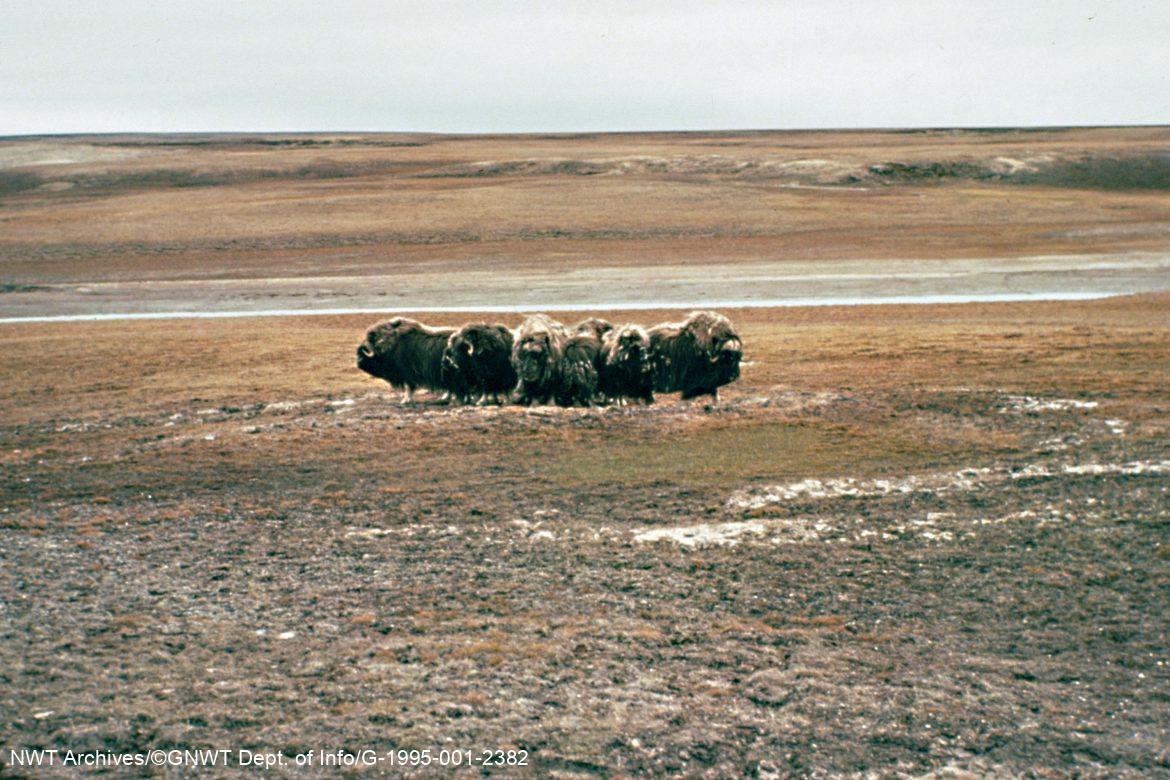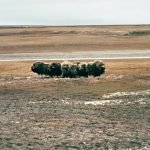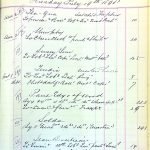1890s
Muskox Hide Trade
Musk-oxen (Ovibos moschatus), more commonly referred to as muskox, were heavily hunted for their hides beginning as early as the 1860s. The value of a muskox hide lies in the muskox’s adaptation to the Arctic climate. They have coats with coarse outer hairs covering a layer of wool, generally known by its Inuktitut name ‘qiviut.’ A Muskox robe was a processed hide used as a warm blanket. The hide was highly valued during Northern winters in the late 1800s and early 1900s.
Muskox hides were traded at all Hudson’s Bay Company trading posts. On the North Arm of Great Slave Lake, Fort Raethe centre of most of this trade.
Hudson’s Bay Company records between 1860 and 1915 indicate that 17,485 muskox hides were traded at their posts in the Northwest Territories. This number does not include those hides traded at independent trading posts or taken away on Scottish or American whaling ships. The total trade in muskox hides from 1860 to 1915 was more than 22,000.
The decline of the muskox herds foreshadowed later over-harvesting of other fur-bearing animals due to over trapping in the Northwest Territories. In 1916 there were only 400 to 500 muskox herds on the Arctic mainland. The Canadian government eventually enacted protective legislation in 1917, with little or no consultation with the Indigenous people who relied on the herds for food. The Thelon Wildlife refuge in the central Arctic was intended to create a zone to protect the herds in 1929.
The number of musk-oxen slowly increased through to about 1960. Since then, numbers have gone up dramatically enough to support community hunts and commercial food production but remain a species to watch.


